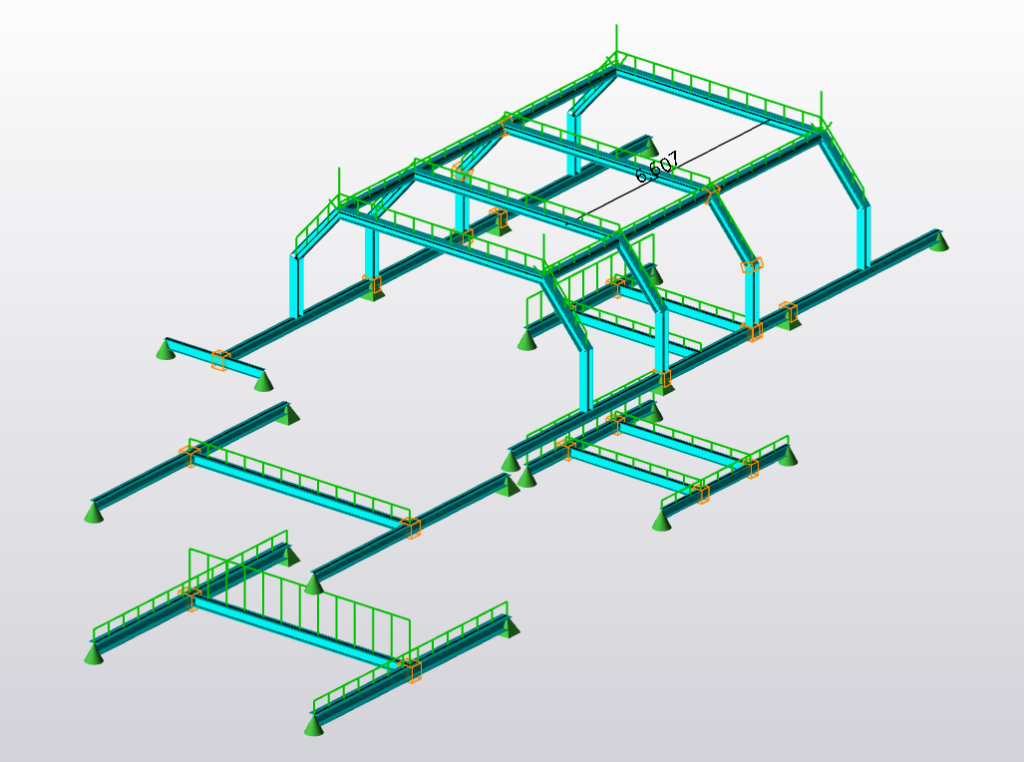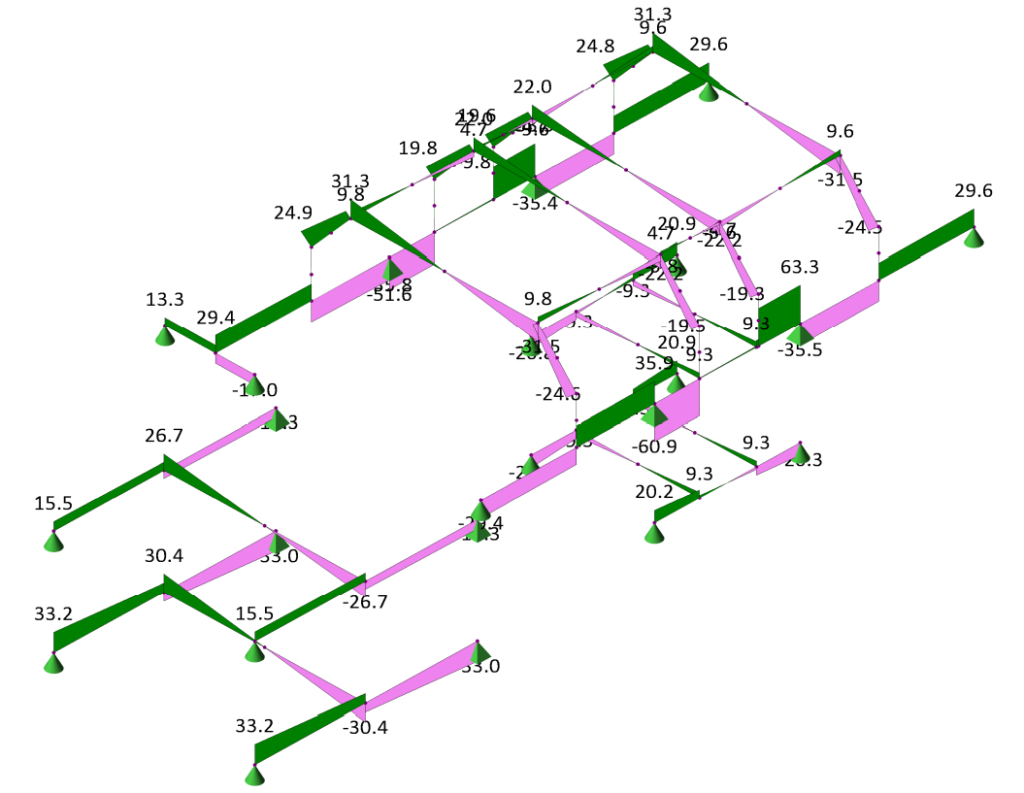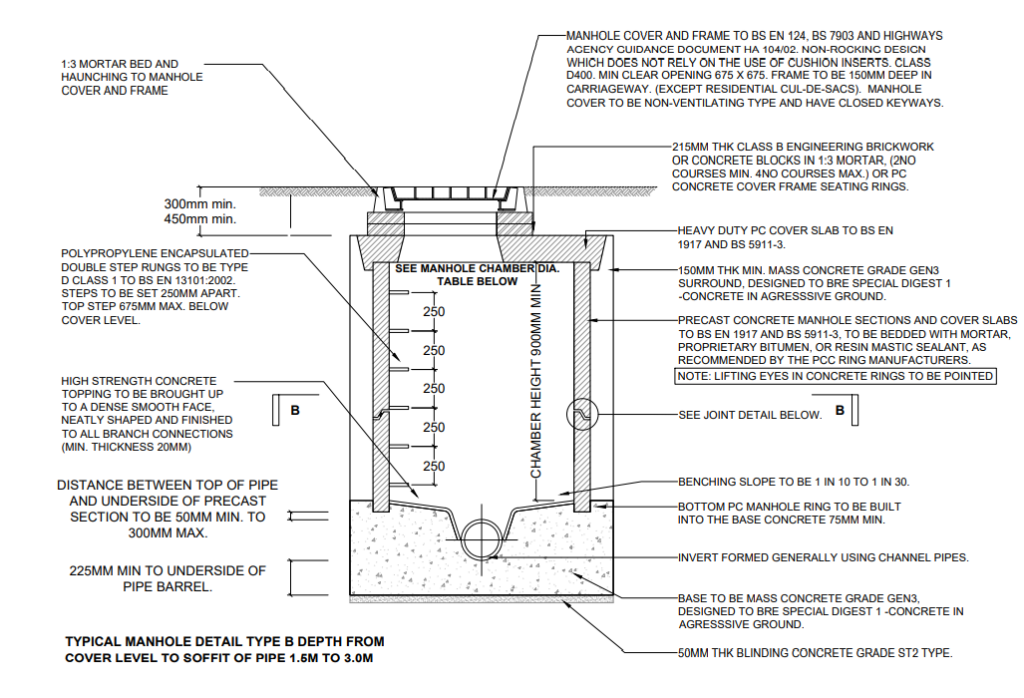05 Sep Structural Engineering – The framework of planning
When we think of the planning process, we often envision the more visual aspects; the appearance of the home, the positioning of the rooms, the colour scheme of the interior design and so forth. But most people hardly ever consider one of the most important elements that is essential to any new construction or modification, Structural Design.
The term “structural design” is broad and used in a variety of industries, including bridge design and aeronautics. But for the purposes of this document, we will be referring to architectural structural engineers. A lot of people erroneously believe that structural engineers and architects are one and the same, however this is untrue.
An architect’s job is to design the dwellings appearance and layout. They will also account for the materials used, with suitability and financially in mind. A Structural Engineer has to ensure this building is standing in 50 years’ time, Through a meticulously designed frame within the walls of this home. An Architects purpose is to design the character of a home. The Structural Engineer forms the skeleton which this character is built upon.
With this in mind, I feel it’s important to recap planning stage. Planning and structural deigns are two sides to the same coin so to know one you must know the other.
Drafting recap
When clients approach us with the urge to enhance their property, the planning process begins. We use computer animated design programmes (CAD) to conceptualise these ideas, and we continuously tweak them until they perfectly capture the client’s vision.
Planning proceeds along a predetermined course. To begin, the technicians draft the original property elevations, floor plans and area maps. Using these as a guide, we’ll develop the new elevations and floor plans, as well as carry out any necessary surveys, to meet the demands of the borough council. Typically, it takes several versions to incorporate all of our clients’ suggestions until we arrive at the final proposals, which we then submit to the council. We can move on to the structural design after the local borough council has approved the preliminary plans.
Creating the structure is also performed in stages. These stages represent the journey our structural engineers go through for each project to create the most logical structural designs possible.
The stages of structural design:
Stage 1 – Conceptualising the structure
The structural engineer will first receive a copy of the 2-D floor plans, drafted by our architectural technicians. This gives the engineer a view of the property’s layout, to envision their ideas and concepts. Our engineer’s objective here is to develop a sound structural solution that complements the home’s design.
The engineer’s expertise and knowledge ensures the integrity of the building and cost effectiveness whilst discovering a structural solution that will function within the constraints of the design. The engineer’s top priority is to ensure that the house is structurally sound. They will then determine the most economical design to reduce cost. Environmental impact is also a key consideration within our practice, where sustainable materials, waste minimisation and reduced energy consumption are all important factors to address.

Stage 2 – Designing the structure
The engineer can start implementing the layout of these elements onto the drawings once theorised. Half of a structural engineer’s job involves the selection of appropriate tools and materials and the other half is the design. The term design in structural design becomes evident when the engineer deicide how the different components will fit together to make the whole structure. When designing this structure, constant referral to British and European standards are paramount to maintain accordance. These documents compile decades of knowledge of the best structural practices,

The structure’s design will be imposed onto the floor plans, with the individual elements highlighted. The image above serves as a wonderful example of this, allowing for easy individual identification of each component while also making it plain that they are all connected to form a load-bearing frame. Although it is simple to distinguish between the steel beams in blue and the wood beams in brown, there are many more differences between the components. For instance, the plans’ left side shows many different types of wood beams used for various purposes.
A “Hip Beam” serves as the main load-bearing support in each corner, and rafters, marked on the plans as RF-TR1, run evenly spaced between each beam. Additionally, there are twin joists on either side of the windows to provide more support in these areas. The contractor can better grasp the many components by using the colour coding and labelling, in conjunction with structural detailing.
These various components make up the bulk of the roof. The timber rafters and beam sustain the pitch roof’s weight; the steels provide a safe load path for transferring the loads from the roof down to the lower floors and foundation.
Stage 3 – Modelling the structure
With the final design now realised, the next step is to model the frame. Structural engineers utilise different software’s depending on the type of job. For simple supports, such as a single beam, 2 -D software is used. This reduces the time taken to produce a 3-D model which wouldn’t be necessary. An example of this would be if a room was to be altered, the supporting steel beam/s would have to be evaluated and replaced. Using the 2-D software, the engineer can then determine whether the extended load can be supported by a beam with the same cross-sectional area. If not, the engineer will then optimise the cross-sectional area until adequate. All of this without having to create a complex representation of the beam in reality.

More often than not, an engineer’s job requires creating an intricate frame with multiple connected pieces. Using a 3-D modelling programme is the most effective way to accomplish this. Each part will be modelled to allow for a realistic view of the individual elements. These elements can then be joined together to form the framework of the building. The above image is an is good representation of this. In this case, our engineers built this frame to achieve the client goal to enlarge their loft area. The frame allows for a significantly larger room while maintaining structural soundness and distributing the loads to the foundations through the existing structure effectively.

There are two key advantages of rendering the models in three dimensions. The first is that it enables a visual picture of how the frame will appear in reality. It also allows for the engineer to input complex calculations. This will make it easier for our engineers to visualise aspects of the structure, such as how big each beam are relation to the others, whether the frame is the right size, whether the joints will be securely connected, etc.
Stage 4 – Calculating the structure
Crucial to guaranteeing the integrity of the structure, the calculations certify that the frame is compliant with relevant design codes and standards. More importantly though, it ensures that the structural members are suitably sized within the building’s geometry, forming a safe and effective frame. To achieve this, the structure is first examined by our engineers for various load combinations. These will take into consideration the forces acting on the frame both horizontally and vertically.
There are two type of load category that form these load combinations. The first are termed “dead loads”, referring to the building’s construction materials; bricks, mortar, and concrete, as well as any permanent fixtures. The building will also have to take into consideration imposed (or live) loads, which would put additional strain on the structure. These loads will vary on a situational basis, but they often include elements like foot traffic, wind speed, snow, etc. It will be necessary to combine all loads, whether dead or imposed, in order to develop many realistic case scenarios. With the load analysis completed, the engineer can now perform the structural analysis.

The structural analysis applies the load combinations to test the integrity of the frame’s materials, sizes and connections. This will incur shear forces, bending moments, torsion, and other internal effects. All of these different factors will continuously impact upon the framework through the forces applied, both as a whole and on an individual element basis.
It’s crucial to keep in mind that if the planned structure doesn’t meet expectations when dealing with these loads, revisions or even a complete overhaul may be required. If so, the engineer would go back and forth between phases 1-4 until a structural solution that satisfies all safety, economic, and environmental requirements is found.
Stage 5 – Detailing the structure
The engineer’s final task is to create the frame’s and its components’ detailing. This essentially details each component and its function while also providing directions to the contractor whilst constructing the property. The details typically serve as a manual for the contractors. They outline how each component is intended to be implemented and connected together.

Conclusion
Structural design is usually not at the front of people’s minds during the planning process. It is however, a very complicated and crucial step for any major alteration or addition to a home. If you’ve followed along with me so far, hopefully you now have a better understanding of this modest practise.
Questions
Can structural engineers design houses? – No, an architect will be responsible for designing the homes, with Interior Designers responsible for the internal aspects of the home. The Structural Engineer is responsible for the design of the internal structure.
Are civil engineers and structural engineers the same? – Structural engineering is a field within civil engineering. Civil engineering is a broad term describing many different disciplines from highway engineers to water engineers etc. The best way to think about it is that all structural engineers are civil engineers but not all civil engineer are not structural engineers. Most aren’t in fact.
What is the difference between Structural Engineers and Construction Management? – Structural Engineers design the structural plans that the Construction Management team uses to build the home.
What Structural Engineering software do we use? – We use the Autodesk Suite to design the plans utilising software’s such as AutoCAD and Revit. The Structural Engineers use these programs to implement the 2-D structural layouts on top of the Architects designs. Tekla and Tedds are used for 3-D and 2-D modelling respectively.
If you have any questions or are looking to develop your home, please feel free to contact us on:
📧: planning@landmark-group.co.uk
📞: 01895 832560
If you wish to hear more from us, please follow our social media pages below.





Sorry, the comment form is closed at this time.